 Southwest Trail
Southwest Trail
Time Period: Louisiana Purchase through Early Statehood (1803 - 1860) - Starting with S
 Southwest Trail
Southwest Trail
Springfield to Fayetteville Road
St. Andrew’s College
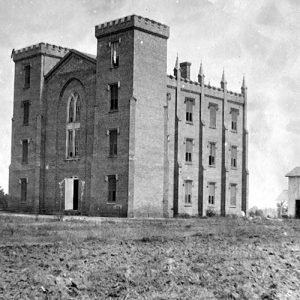 St. Johns' College
St. Johns' College
St. Joseph [Steamboat]
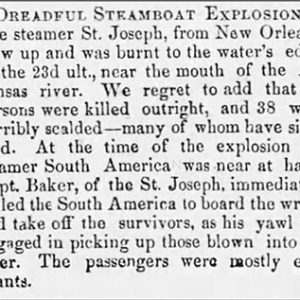 St. Joseph Steamboat Article
St. Joseph Steamboat Article
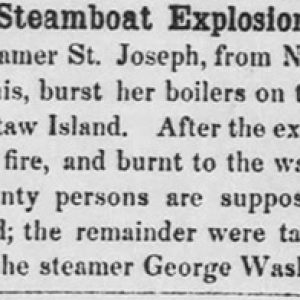 St. Joseph Steamboat Article
St. Joseph Steamboat Article
St. Nicholas [Steamboat]
State v. Buzzard
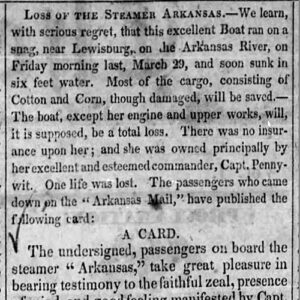 Steamboat Arkansas Article
Steamboat Arkansas Article
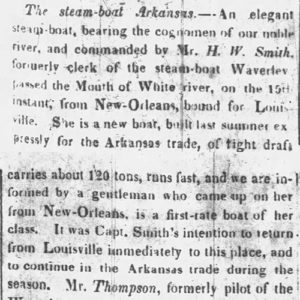 Steamboat Arkansas Article
Steamboat Arkansas Article
 Maria Stevenson
Maria Stevenson
Stevenson, William
Stout, William C.
 William C. Stout
William C. Stout
 William Stout Grave
William Stout Grave
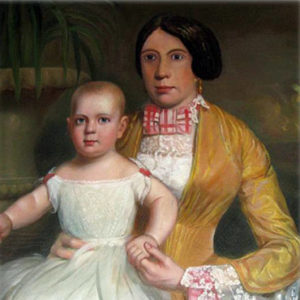 Mary Stout
Mary Stout
 Strickland Execution Story
Strickland Execution Story




